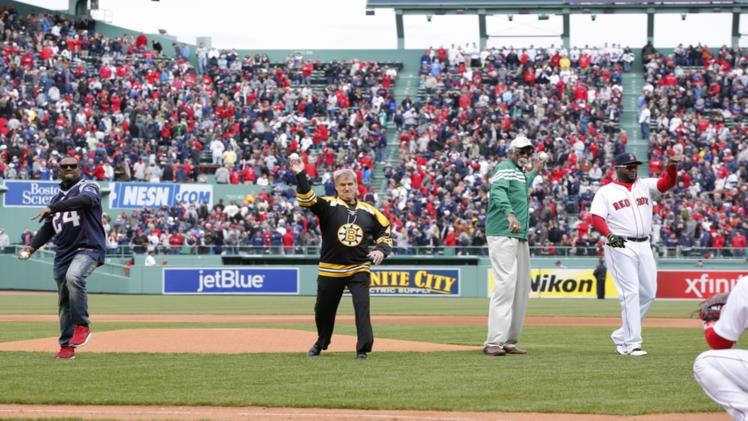On May 10, 1970, one of the most iconic moments in hockey history occurred during Game 4 of the 1970 Stanley Cup Finals. With just seconds remaining in the game, Boston Bruins defenseman Bobby Orr scored the winning goal to secure a 4-3 victory for his team and the Stanley Cup. The Bruins, who had already won games 1 and 3 of the series, were facing the St. Louis Blues in the fourth and deciding game of the series. The Blues had taken a 3-2 lead early in the third period, but with time running out in the game, Boston pulled their goaltender and put an extra attacker on the ice. The Bruins were able to tie the game with just over a minute remaining in regulation, setting the stage for Orr’s legendary goal. Bruins forward Derek Sanderson won a faceoff in the St. Louis zone and passed the puck back to Orr. Orr then went to the net, made a quick move to the right, and shot the puck past Blues goalie Glenn Hall. The goal, which was scored with just 40 seconds remaining in the game, secured the Stanley Cup for the Bruins and cemented Orr’s place in hockey history. The iconic image of Orr flying through the air with his arms raised has become one of the most iconic sports photographs of all time. Bobby Orr’s goal in Game 4 of the 1970 Stanley Cup Finals is remembered as one of the most iconic moments in hockey history. It not only handed the Stanley Cup to the Bruins, but it also cemented the legacy of one of the greatest players of all time.
This style of play is now commonplace in today’s game. Orr was also the first defenseman to win the Hart Trophy, an award given to the league’s most valuable player. He won the trophy twice, and his dominance in the defensive zone and his ability to create offense led to the creation of the Norris Trophy, which is awarded to the league’s best defenseman each year. Orr played for the Boston Bruins from 1966 to 1976, and he led them to two Stanley Cup championships. He retired from the NHL in 1978 due to knee injuries, but his impact on the game is still felt today. His revolutionary style of play and his ability to influence the game on both sides of the ice set him apart from other players. His legacy will live on for years to come.

